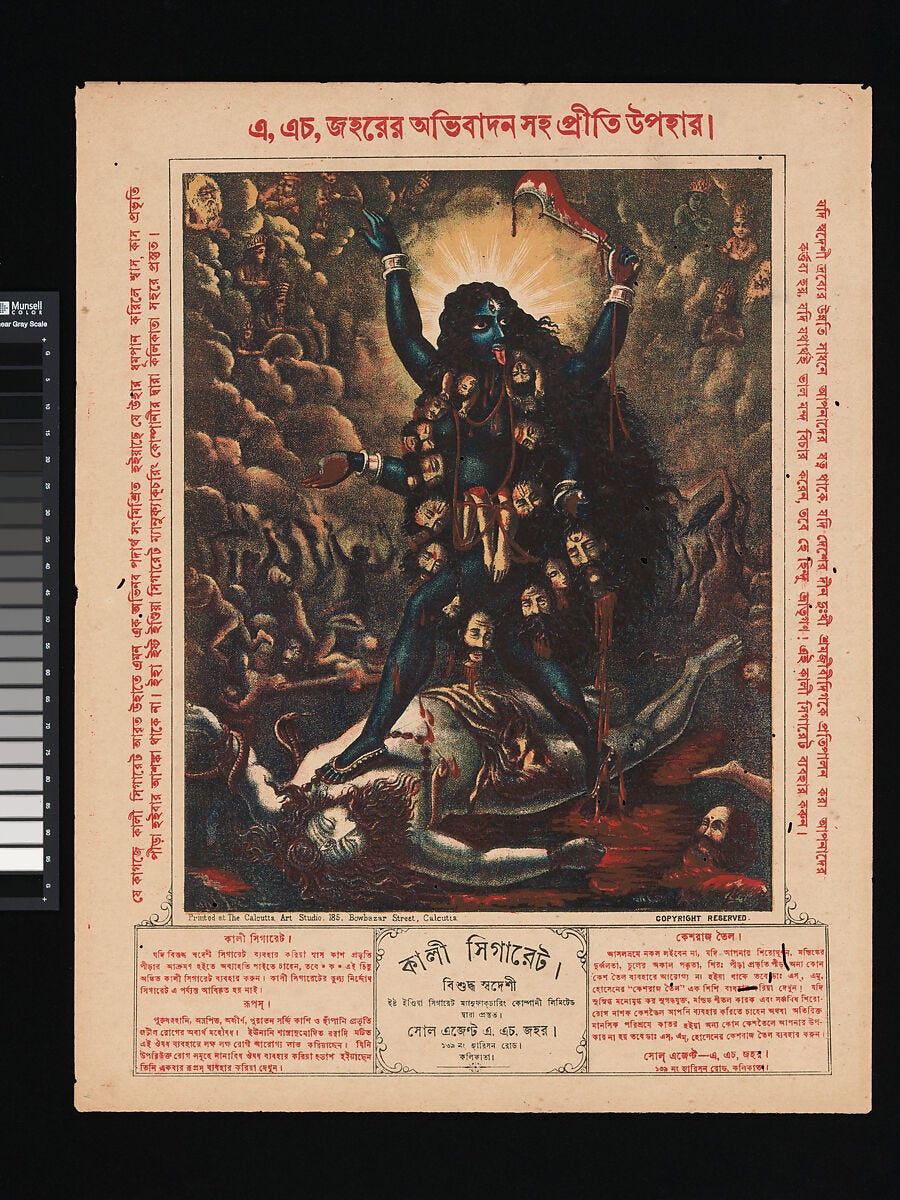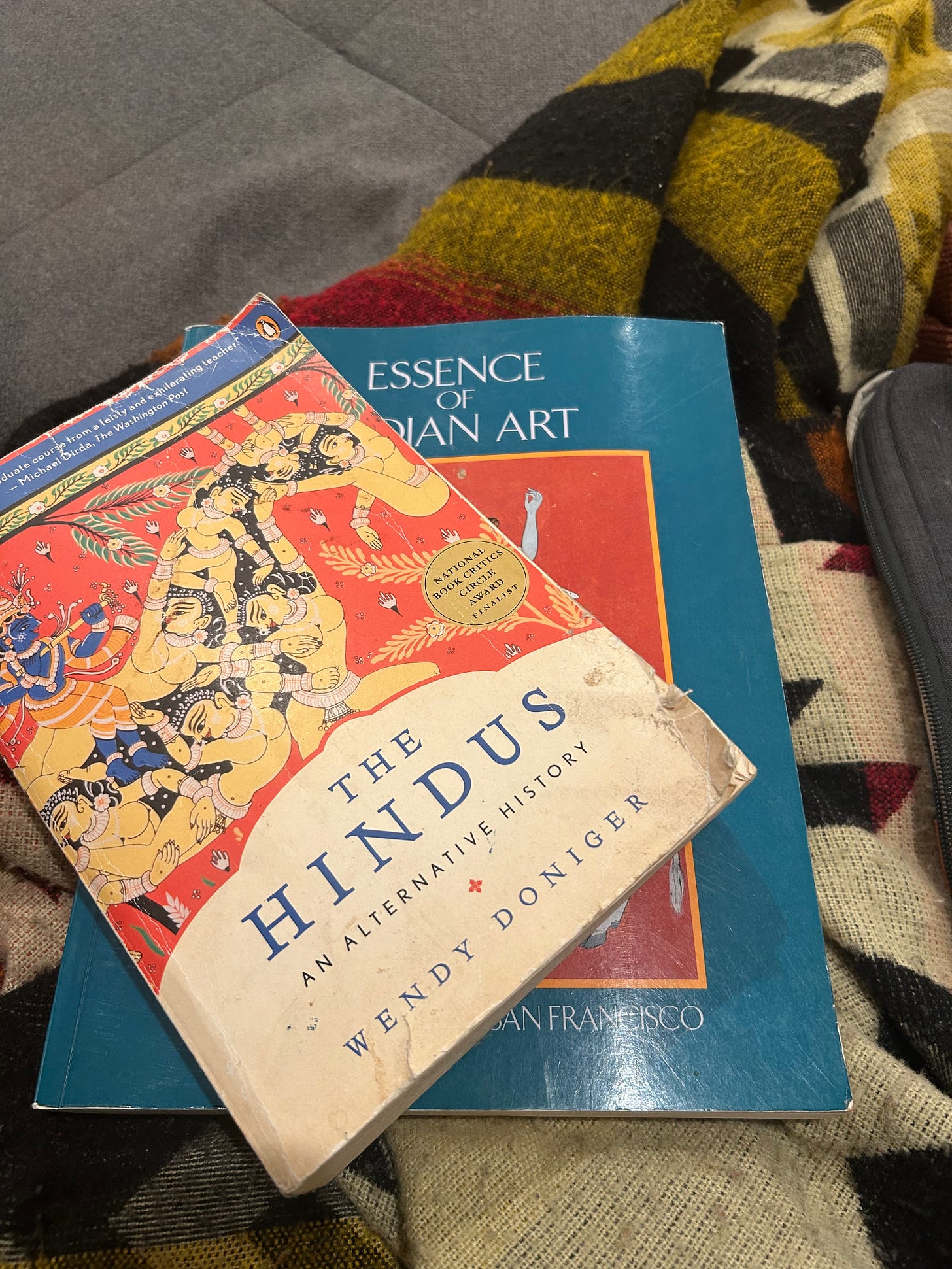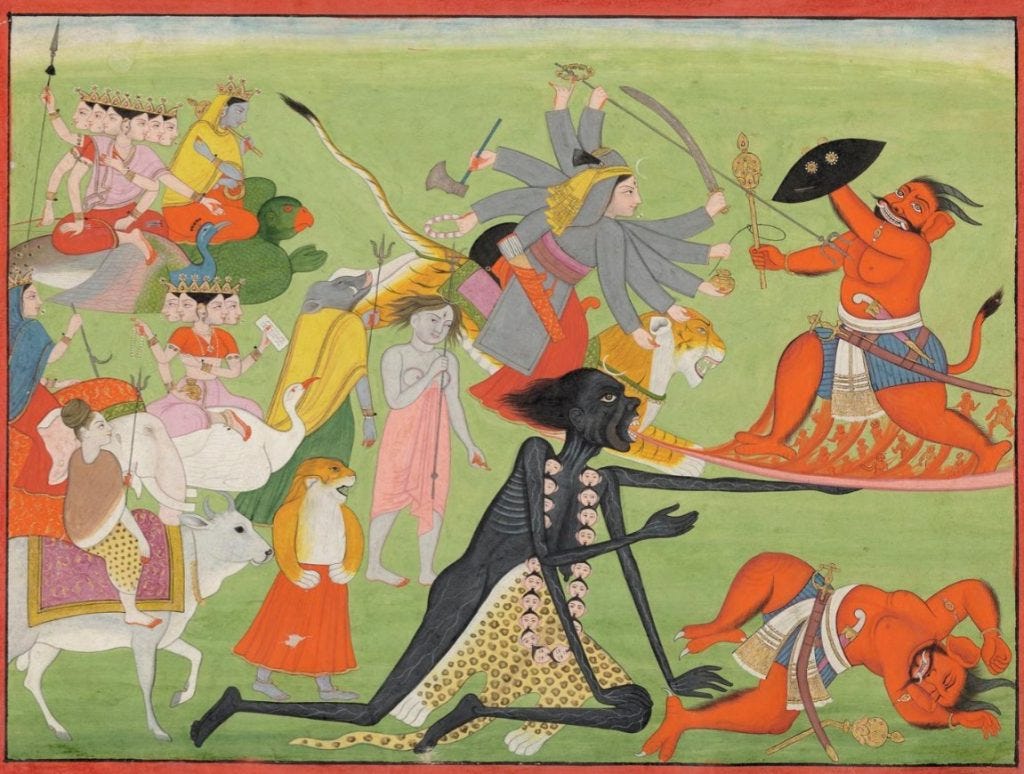Series: 10 Hindu Goddesses, 10 Recipes
First up: Black bean makhani with beet-red roti.
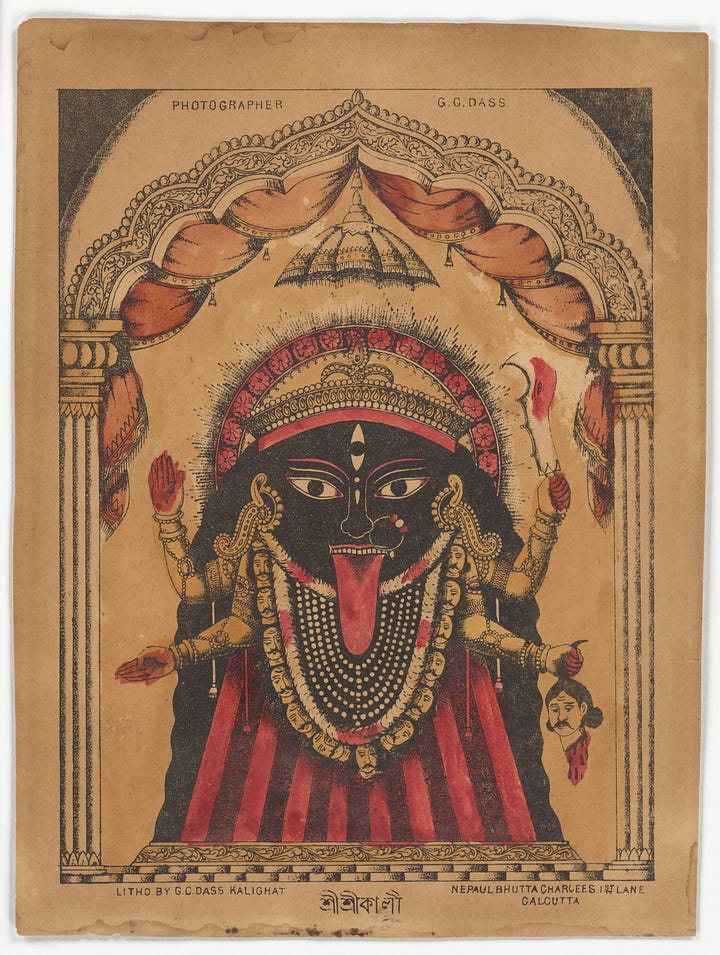
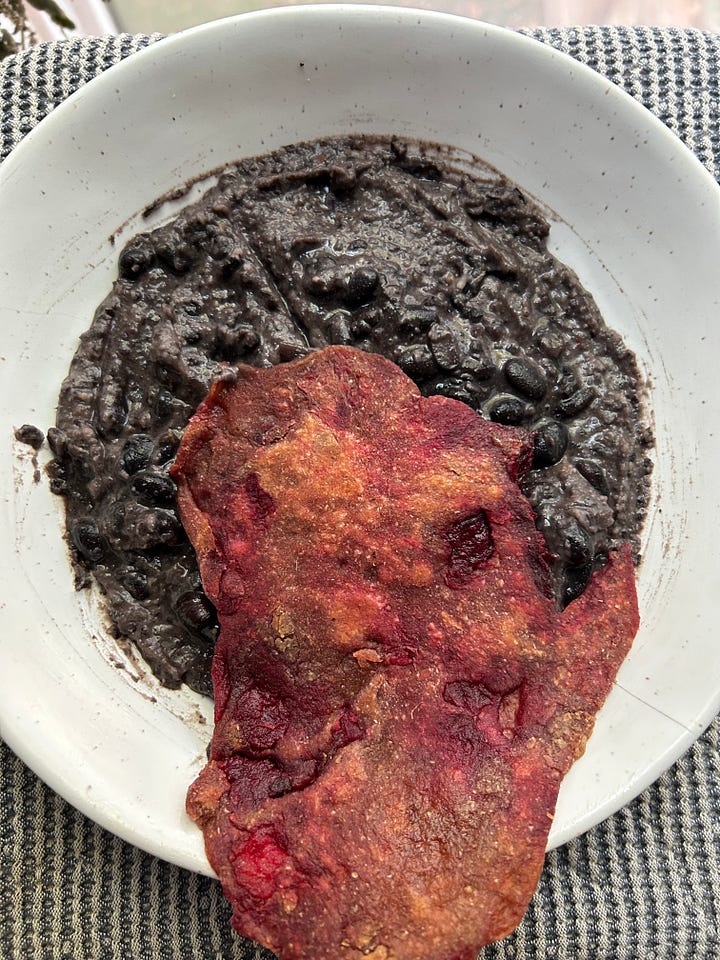
Introducing. … ten recipes inspired by 10 Hindu goddesses.
The recipes may or may not be South Asian in type of cuisine, and they may or may not be made with climate change in mind. I’ve actually had this idea for a few months, but the election makes it all the more relevant.
Over the past month, we’ve had to digest a difficult truth: Many Americans feel safer with an angry clown as president than a demonstrably reliable woman. Now, Trump (and by extension, anyone and everyone who voted for him) seems to be taunting us in building a cabinet of his fellow inept sexual predators: Did you really think she’d become president? Who do you think you are?
For me, the big takeaway is: I’m going to focus less on proving myself to be a reliable woman. I’m going to focus instead on bringing out my inner angry clown.
Or — angry goddess?
“..the dark-bodied Kali, devourer of Time, annihilator of all that comes her way.”
(Quote from Essence of Indian Art, from the Asian Art Museum of San Francisco)
It’s extremely difficult to summarize Hindu deities. They’re borne from ancient traditions and they’ve been cycled through layers and layers of interpretation through thousands of years. So with this newsletter series, I’ll stick with describing each goddess in terms of what she signifies to me.
Kali is a blue or black-skinned goddess, a pure expression of rage. There are different theories about her origin, but one my mom shared with me is that Kali was manifested from the goddess Parvati, who — at battle and at her wit’s end — springs to life a dark-skinned, wild-haired, tongue-lashing woman. Much of the artwork created about Kali tells the story of Kali successfully slaying the demon(s) in battle with Parvati.
Like Parvati (if I may be so bold), over the past few years I’ve been leaning into my anger: brushing away sadness and anxiety to reveal what I’m really feeling: anger. I look at the image above and it inspires me to continue to spring forth to life this internal truth — even in the face of this humanity-breaking election.
Kali doesn’t bite her nails with worry. She doesn’t count her blessings. She doesn’t stay positive. She expresses her anger and she uses her power. She taps into chaos. I can look at this image forever.
Below is a recipe inspired by Kali: dal made with black beans in tribute to her alluring skin color, and beet-red roti in tribute to her tongue, which she wields like a divine weapon.
Black Bean Makhani
I adapted this recipe from Julie Sanhi’s dal makhani recipe, which you can find here. (And thank you to Mayukh Sen and his delighful Taste Makers: Seven Immigrant Women Who Revolutionized Food in America for introducing me to Julie Sanhi!
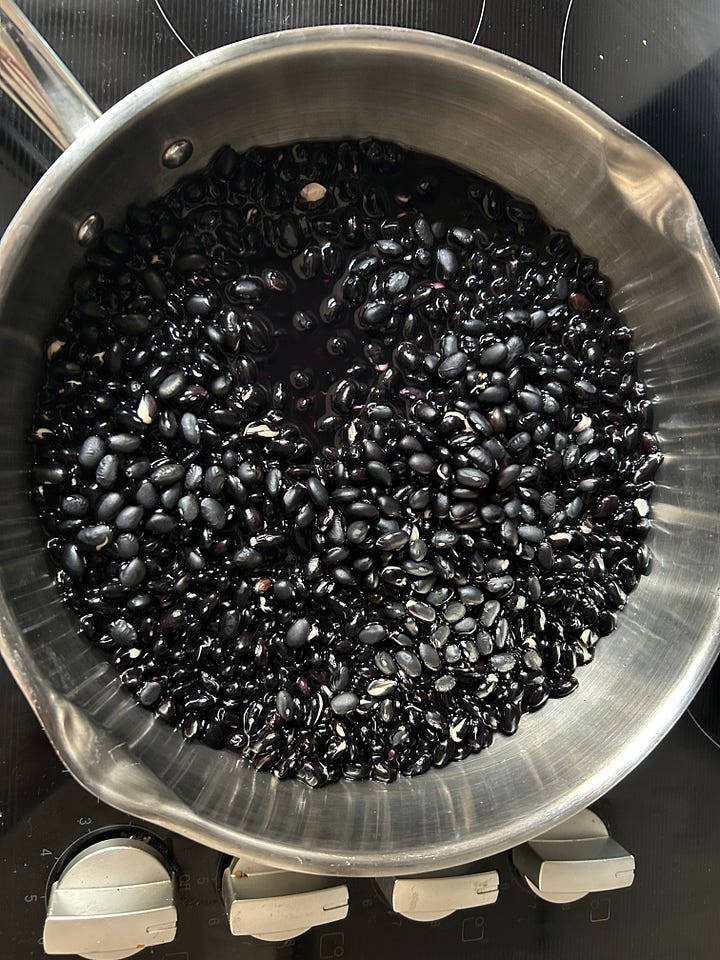
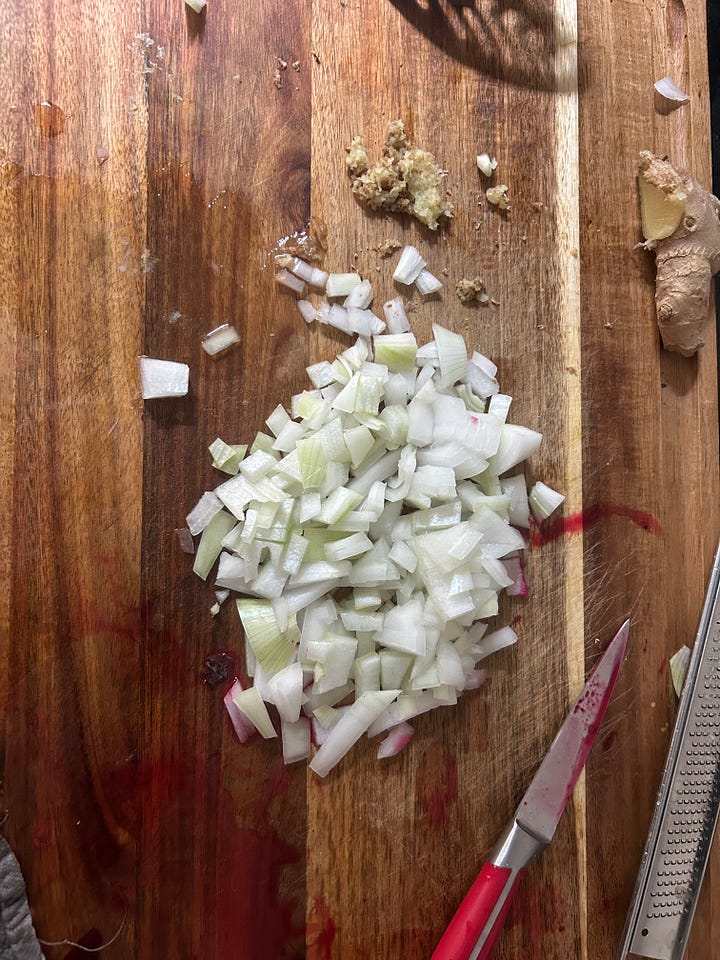
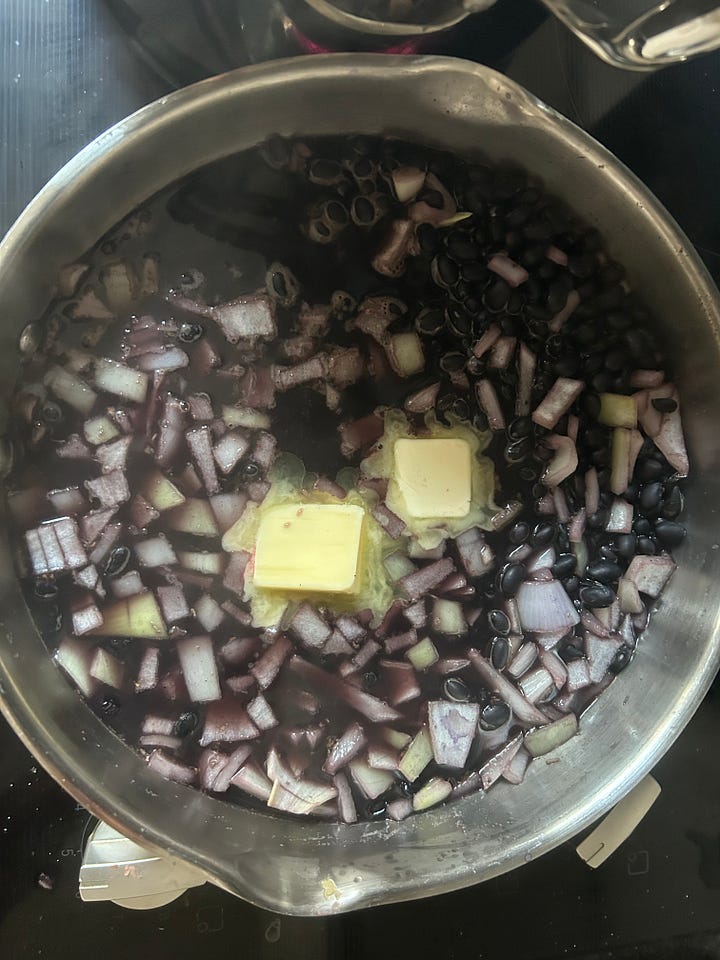
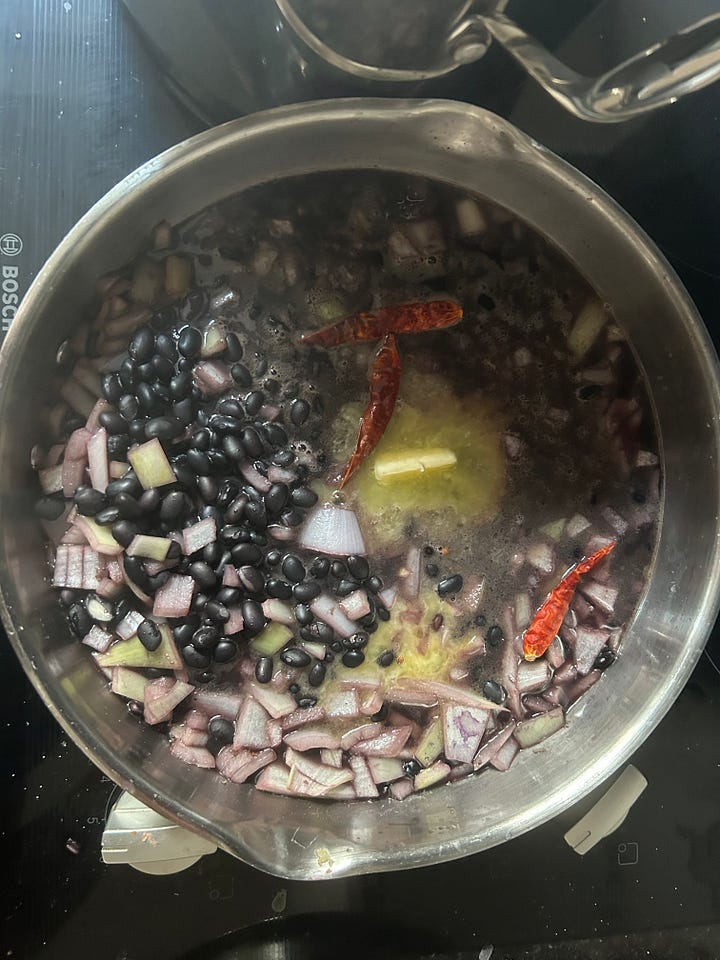
Ingredients: black beans, onions, ginger, cardamom, cumin, coriander, chili peppers, butter, yogurt
Steps:
Cook beans according to package instructions. Soak or not soak? The first image above is 1 package black beans (16 oz) soaked for about two hours. Then I cooked for about another one or two hours. I see many different, sometimes detailed, cooking instructions for beans. In my experience, the bottom line is: cook until they’re soft and tender and don’t taste raw. For beans like black beans, this usually takes two to three hours. Stir periodically.
After they’re soaked and/or about an hour or so into cooking, add 4 tbsp of butter, 2 tbsp yogurt, a cup of diced onions, one tbsp of ginger, 2 or 3 dried chilis or a pinch of chili powder, a hefty tbsp of salt and a pinch of the spices — cardamom, cumin, coriander. Start with a pinch of the spices, stir periodically and taste every 15 minutes. Add salt, chilis and spices to taste.
Beet-red roti
I steamed a few beets to make a beautiful, even nutritious, all- natural food dye!
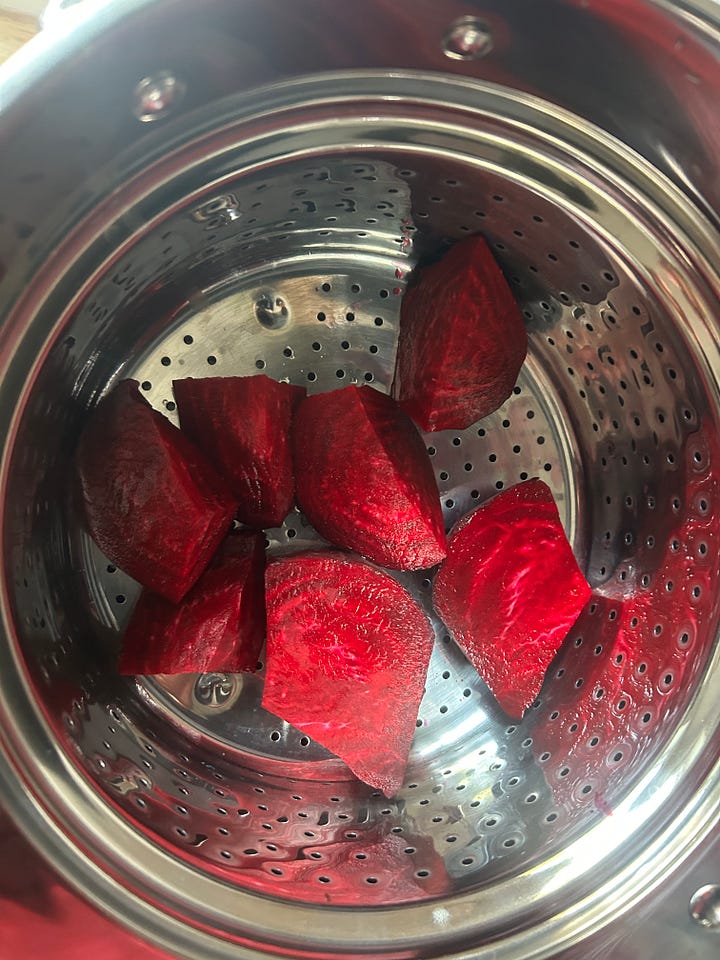

Ingredients: whole wheat flour, water, beets, oil
Steps:
Steam a couple of beets or two big beets.
Save both the steamed beets and the now bright red steam water.
Add about 1 cup of whole wheat flour to a mixing bowl along with a glug of any type of oil. Incorporate oil into flour with fingers.
Add about 1/4 of the red steam water and combine into a dough. Add more flour if it’s too wet.
Chill for an hour or so in the fridge to solidify (this isn’t normally done in traditional roti making as an fyi - it’s a fun Shreema hack).
Fold in a handful of diced beets into the dough with your hands.
Roll out dough. Pinch off about a golf ball-size of dough, roll out with a rolling pin, and cook onto an oiled pan, a few minutes or so each side. Bubbles on side indicate the roti is ready to be turned over. And the most important step: remember that roti-making is an art that takes a lifetime to achieve perfection.
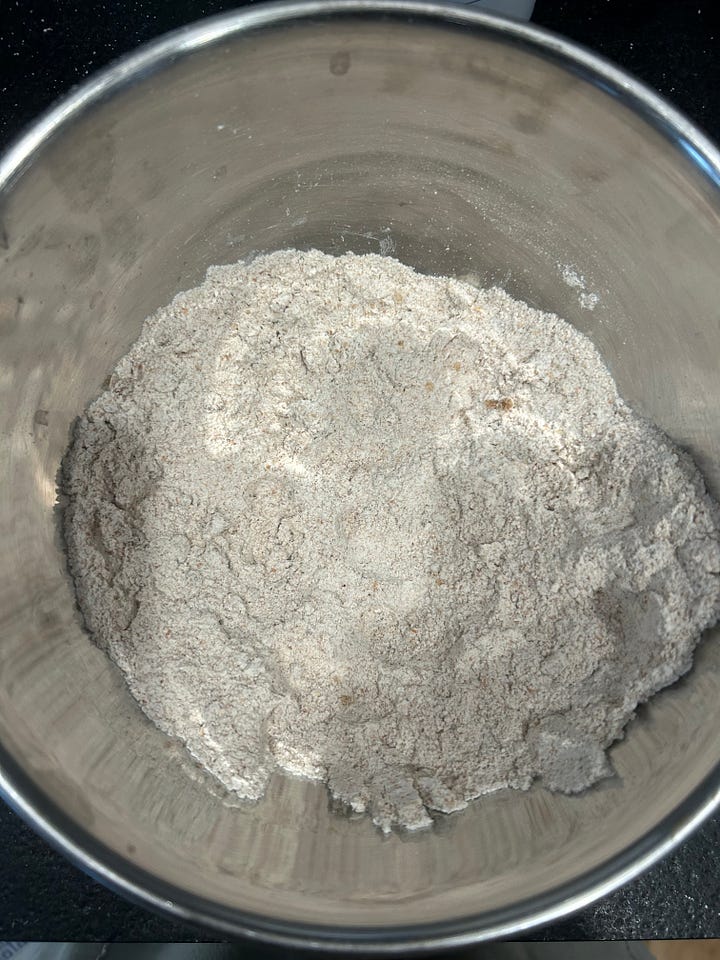
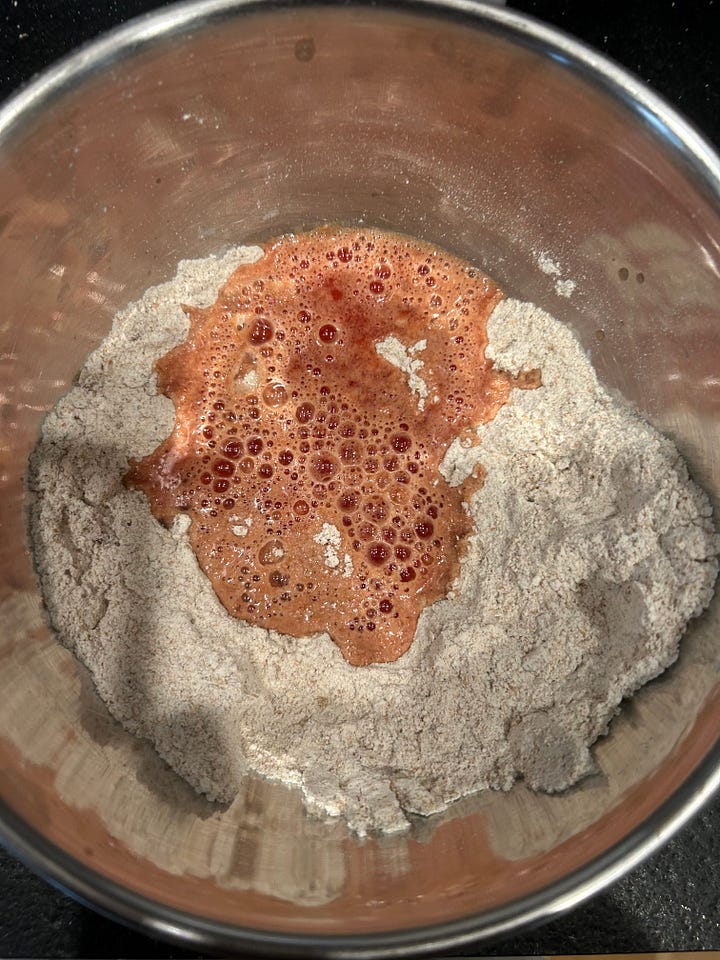
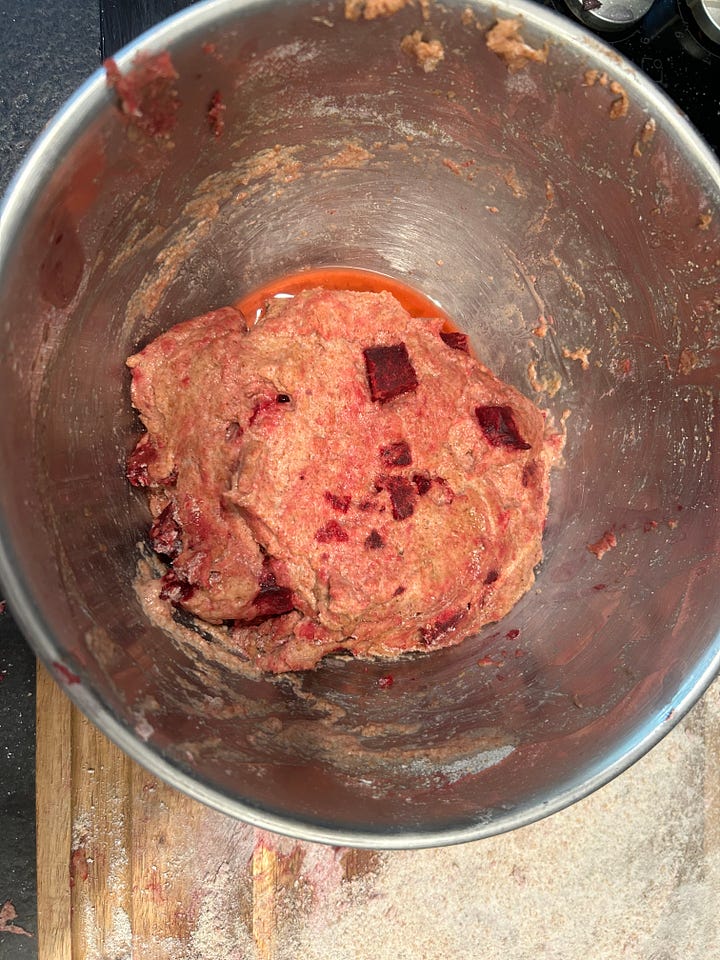
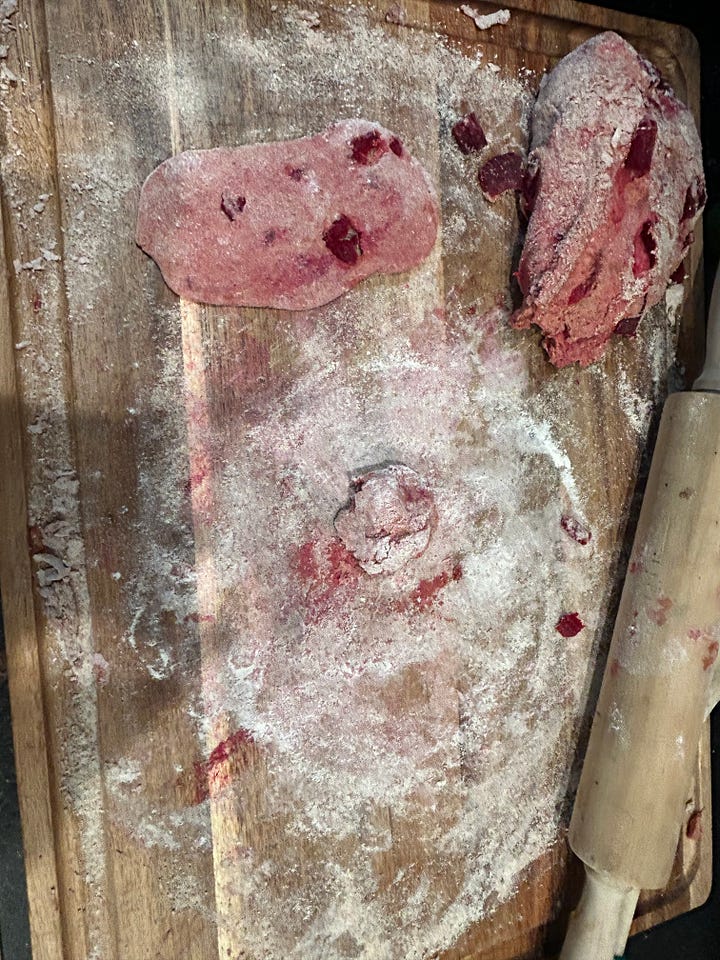
I hope you enjoyed reading this, and if you’re in the states — have a fun and/or relaxing Thanksgiving break!
Stay tuned for more goddess-inspired recipes. Do you have a friend who might enjoy this newsletter? If so, will you consider sharing it? Also, clicking the like button helps too! ❤️
Li’l nubs:
A warm shout-out to Wendy Doniger for her complex, comprehensive, non-white gaze history of Hinduism. She writes boldly and I see her effort to overcome her white gaze in every page. I haven’t finished this book yet, but it’s on my list.
My final note: from the art book, Essence of Indian Art, from the Asian Art Museum of San Francisco, I came across this delightfully different rendition of Kali and her slaying of the demon. I love this completely desexualized version of her:


